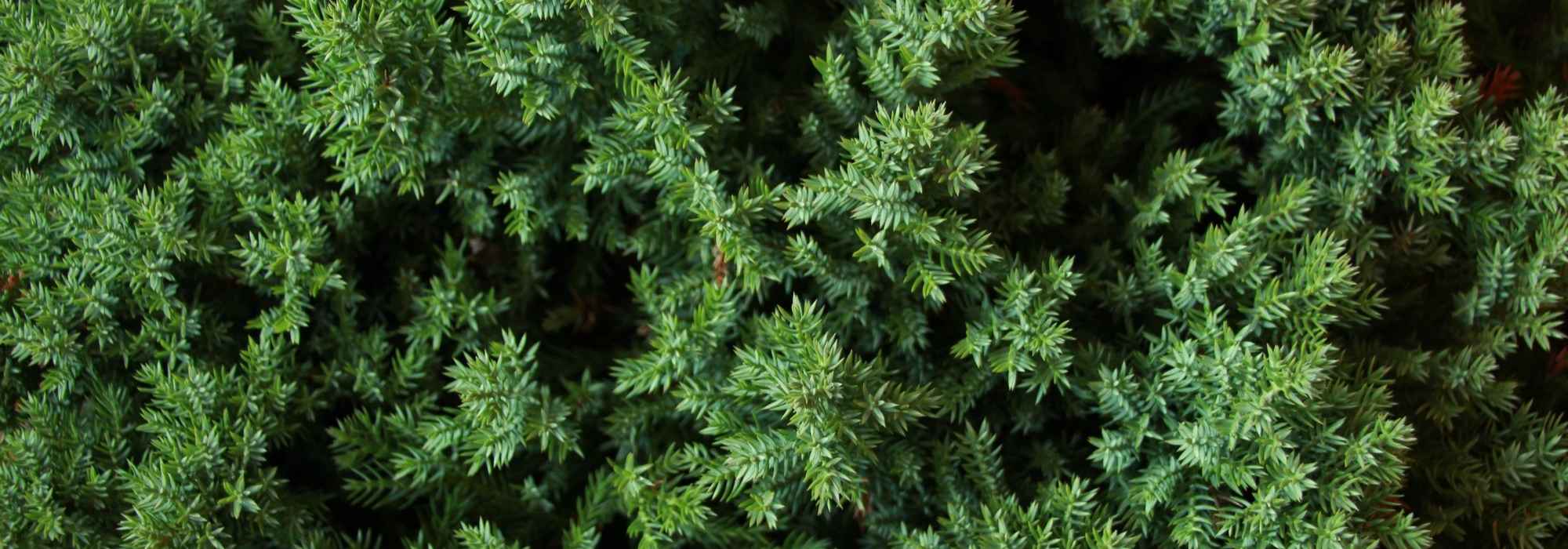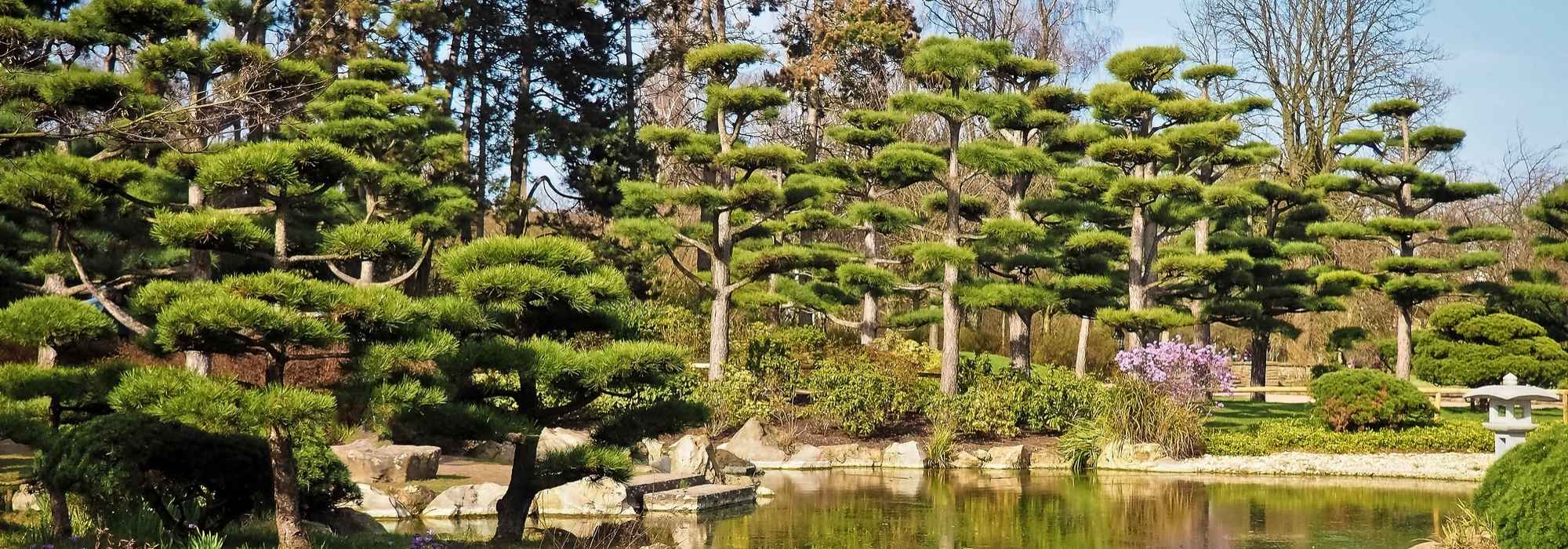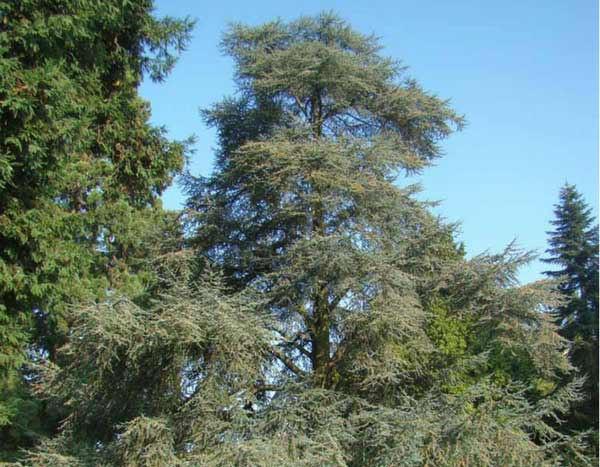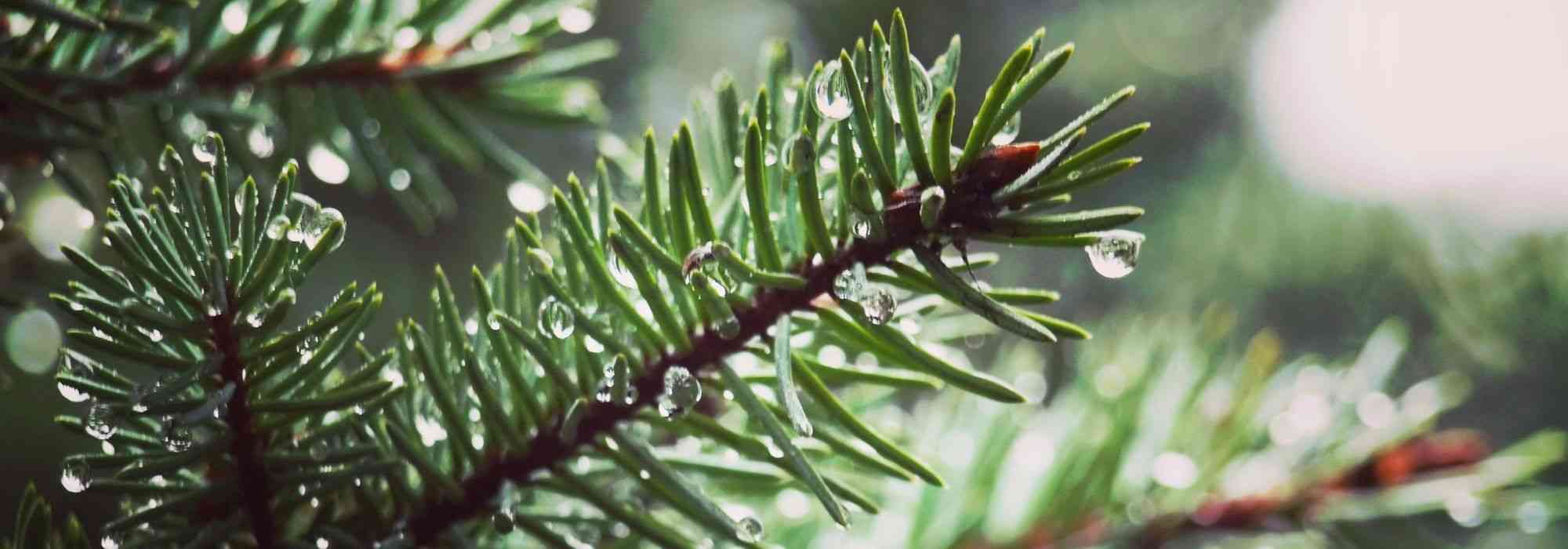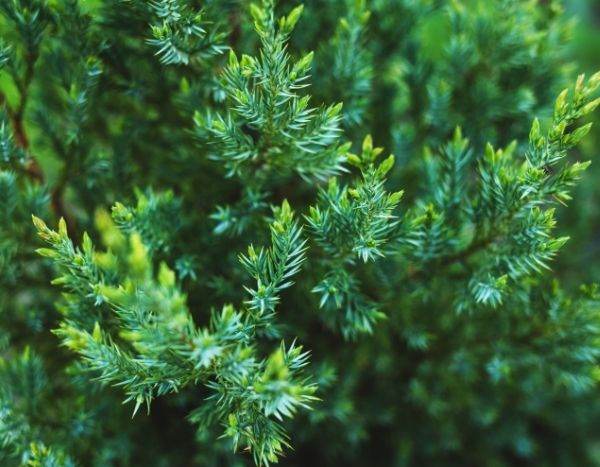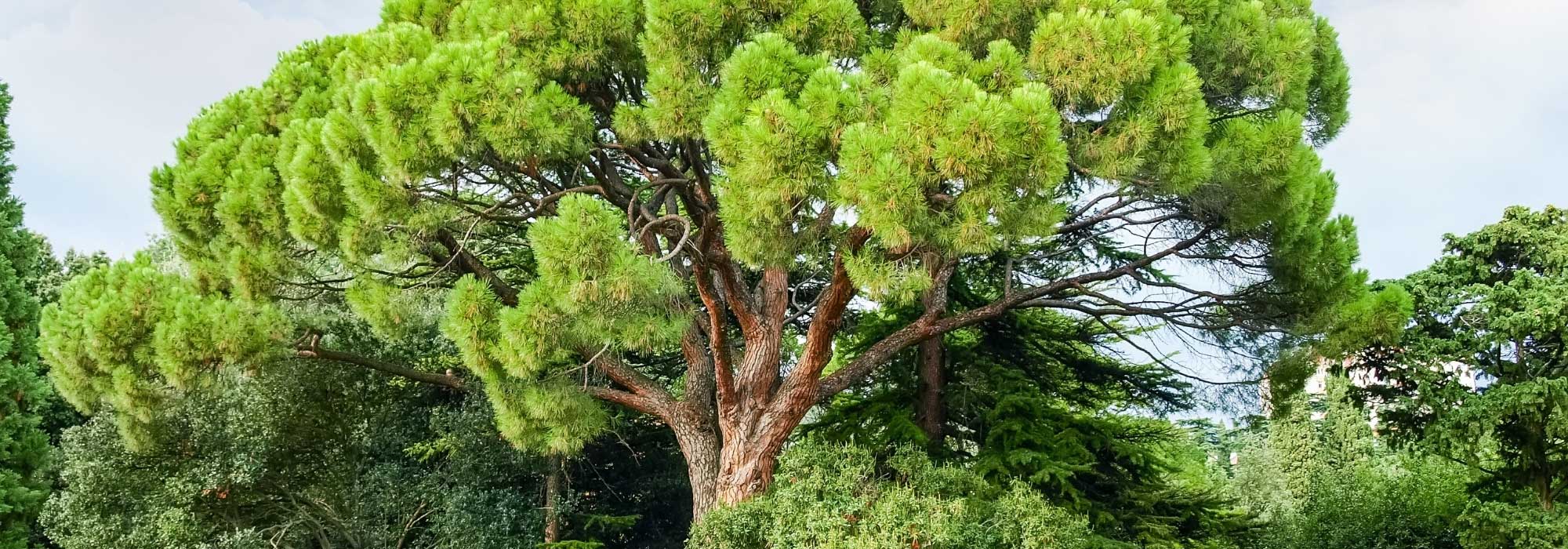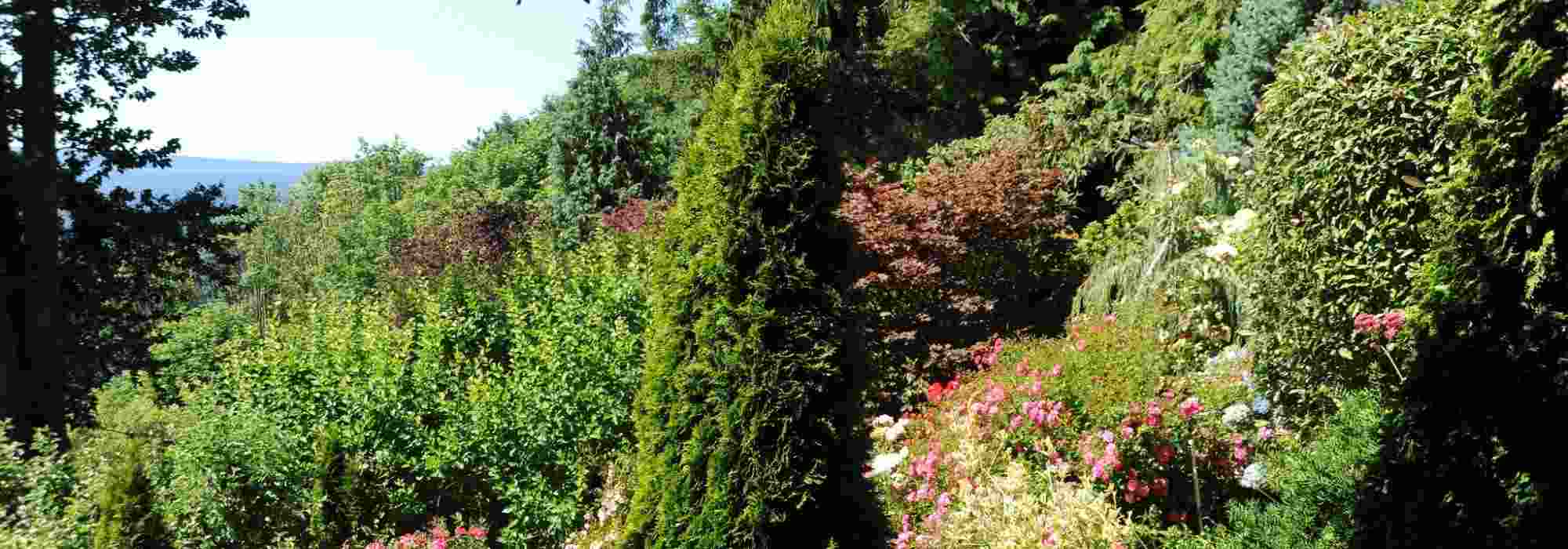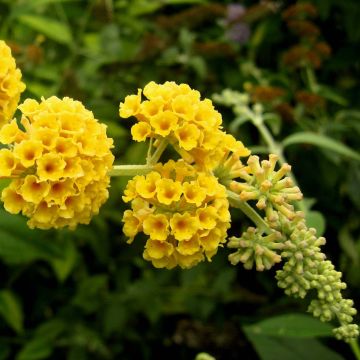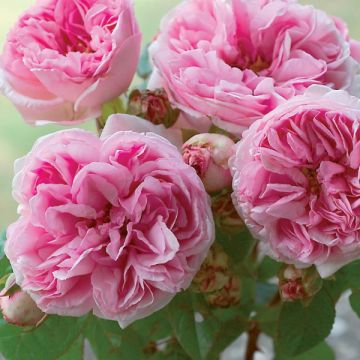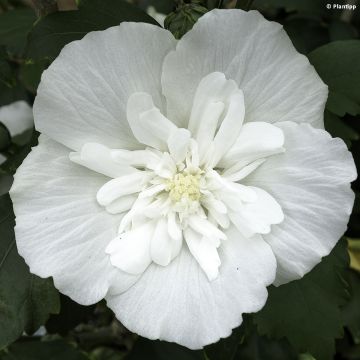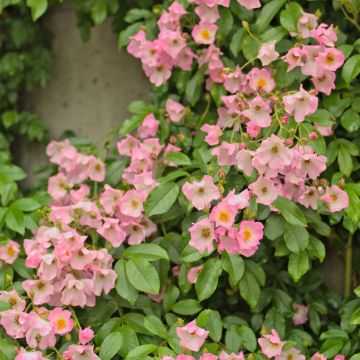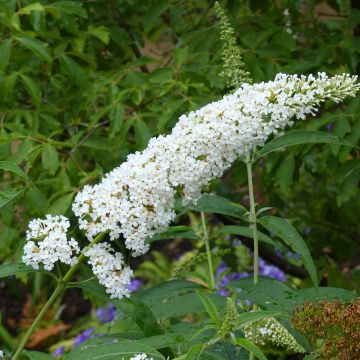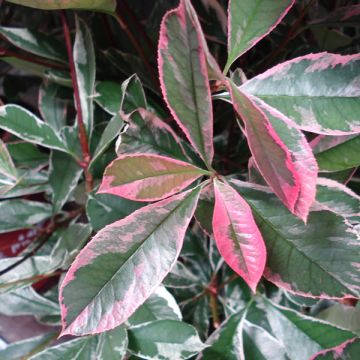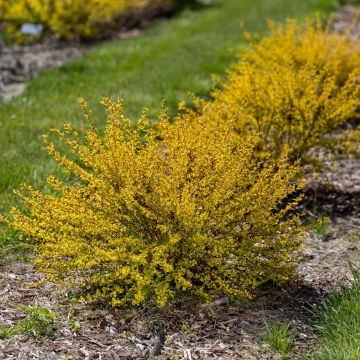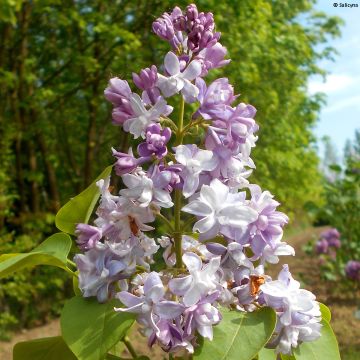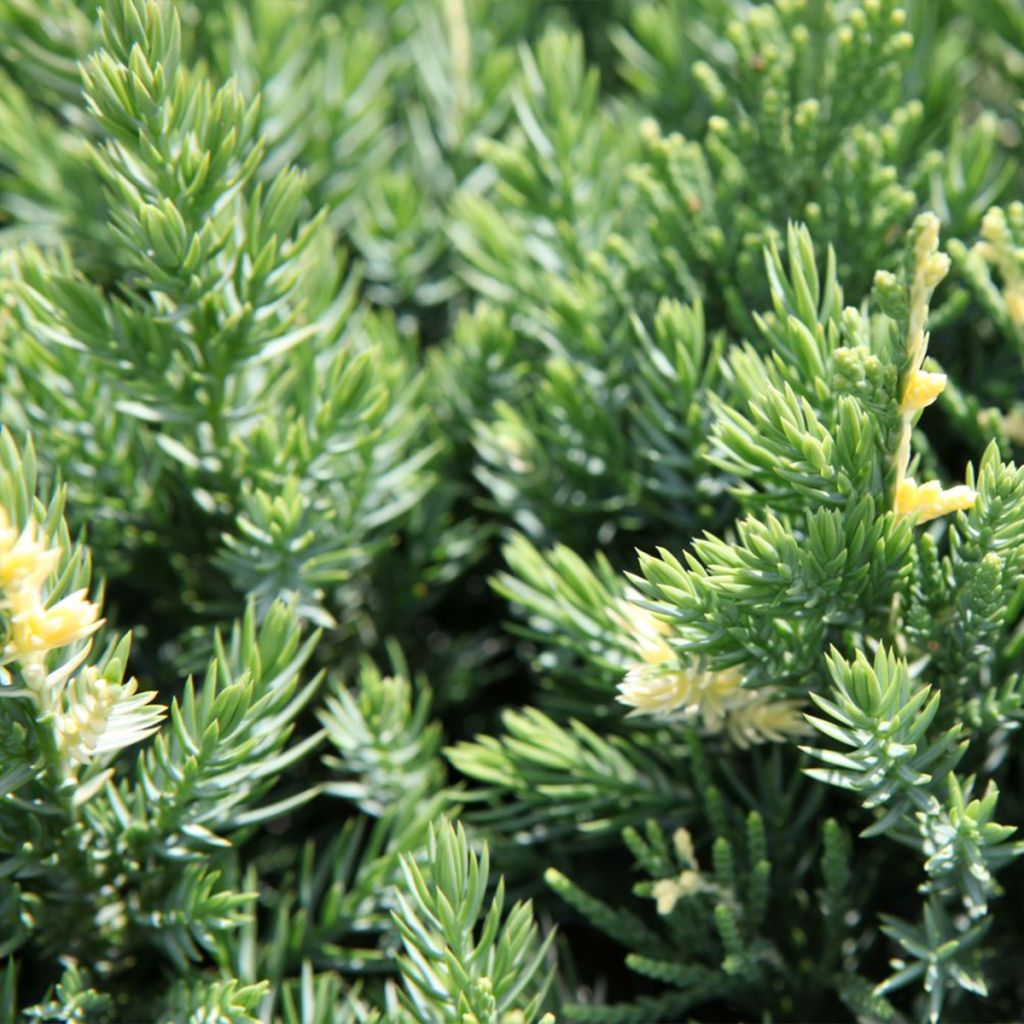

Juniperus chinensis Expansa Variegata
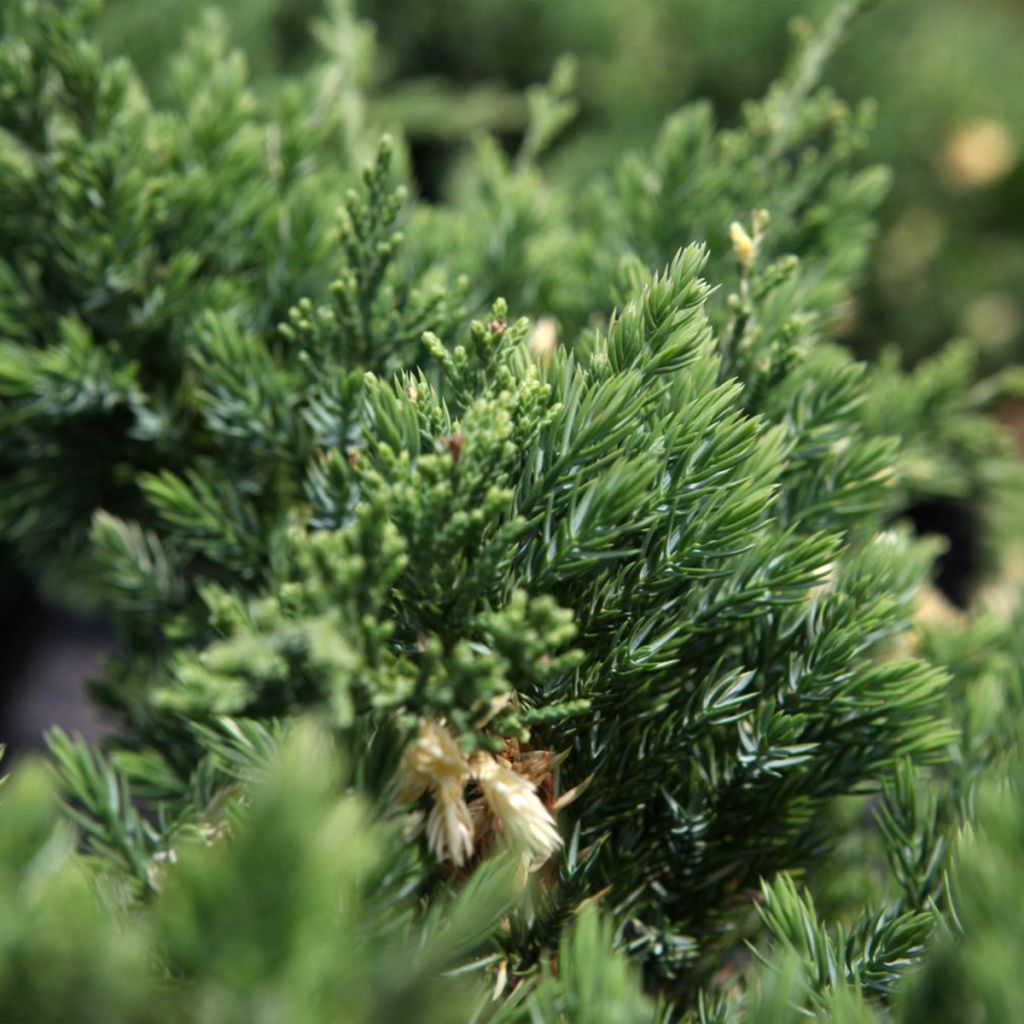

Juniperus chinensis Expansa Variegata
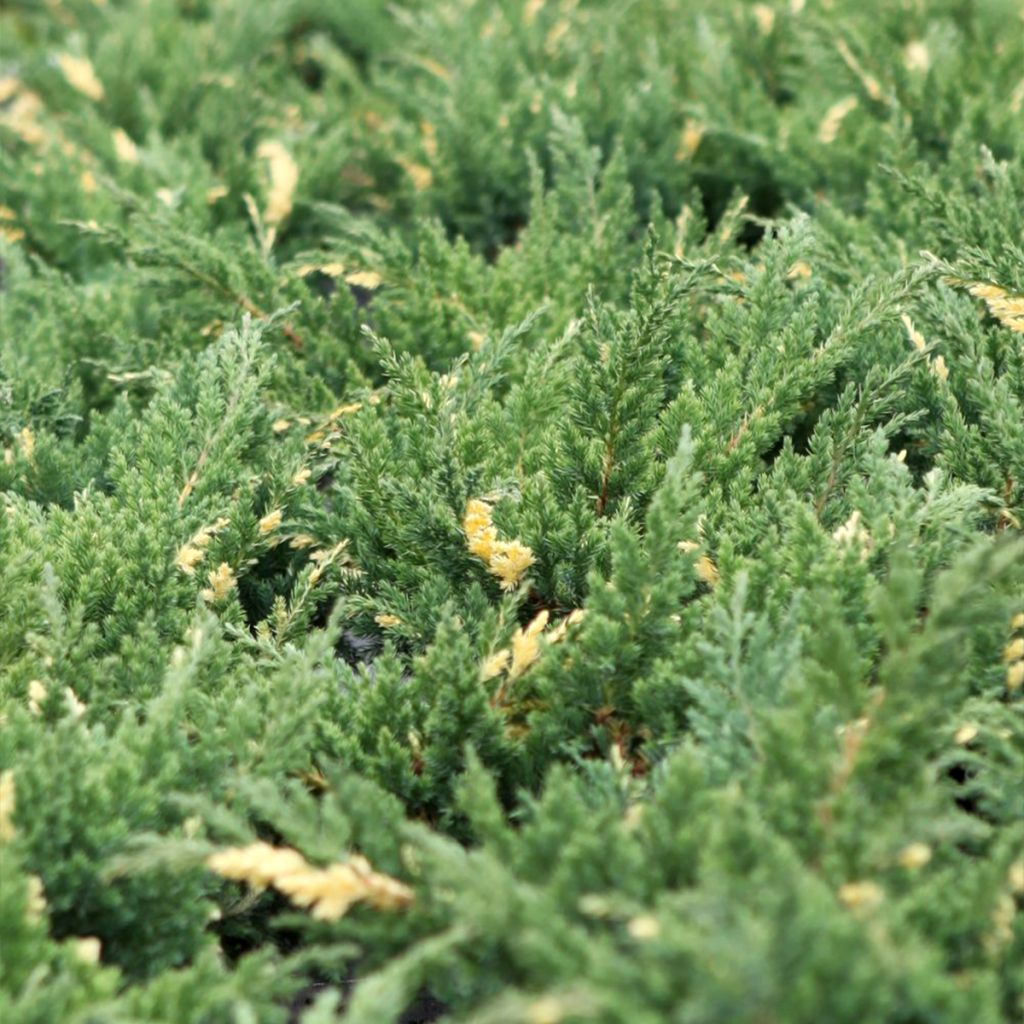

Juniperus chinensis Expansa Variegata
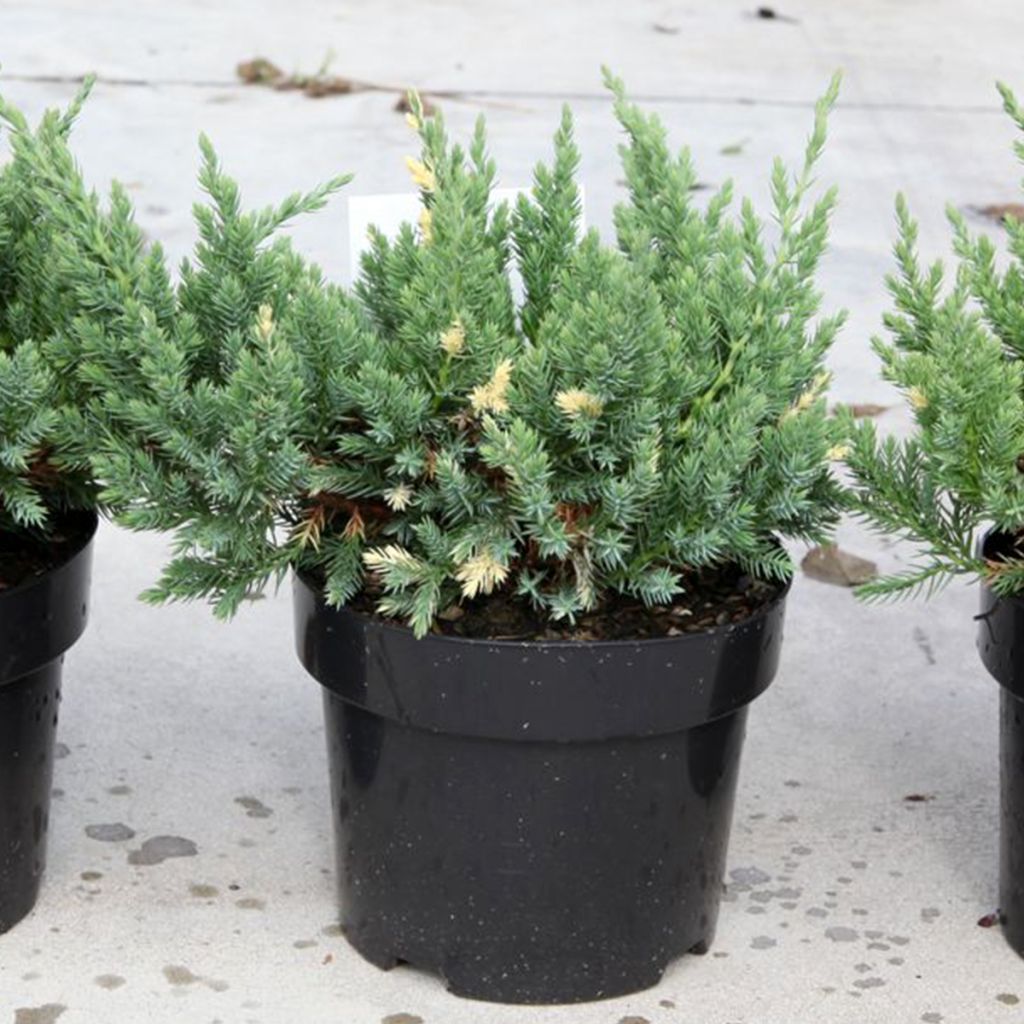

Juniperus chinensis Expansa Variegata
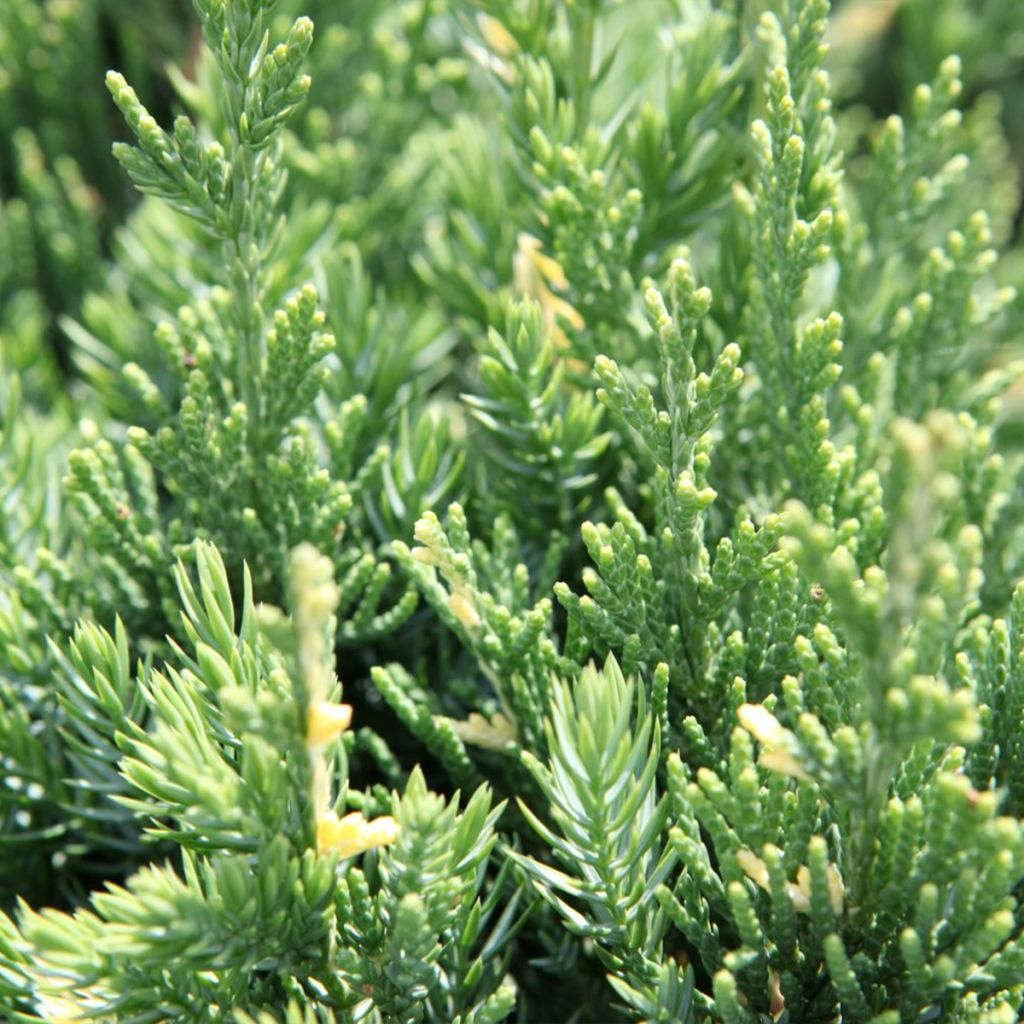

Juniperus chinensis Expansa Variegata
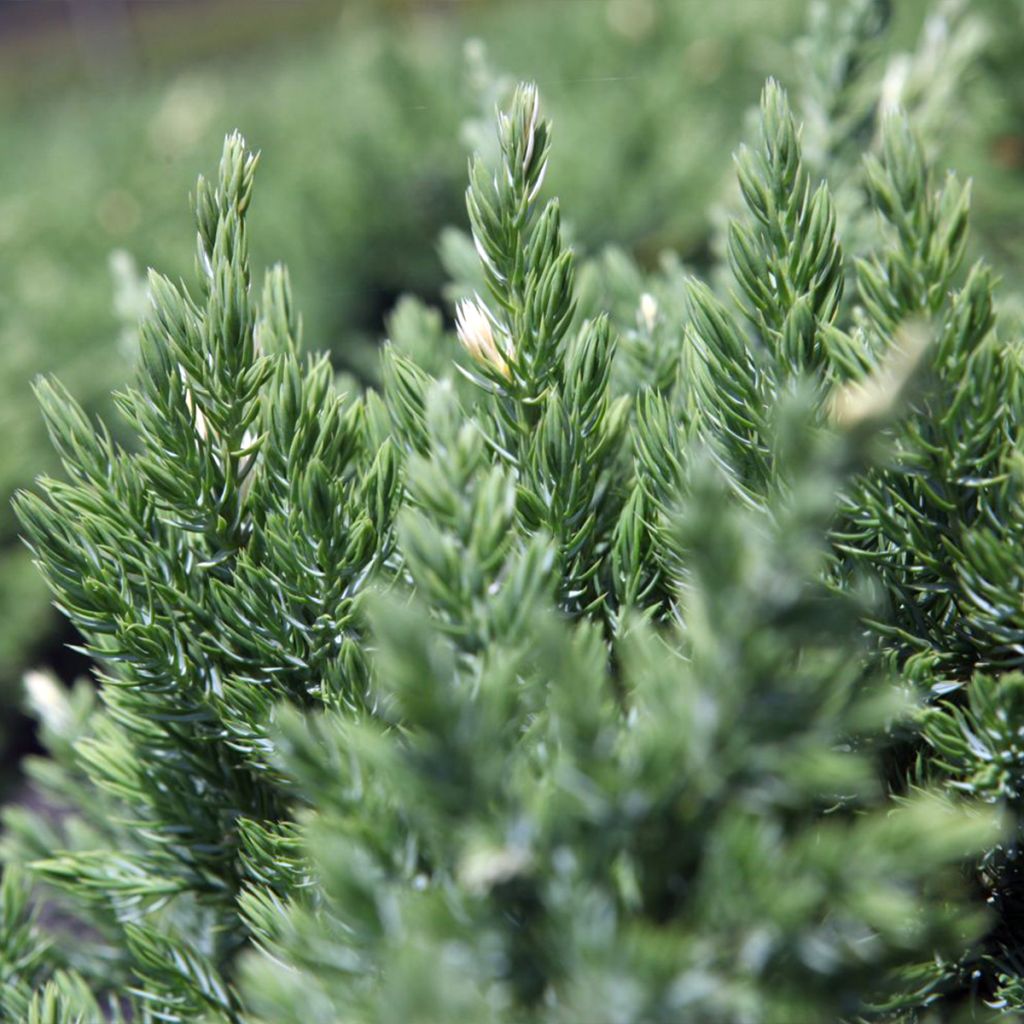

Juniperus chinensis Expansa Variegata
Juniperus chinensis Expansa Variegata
Juniperus chinensis Expansa Variegata
Chinese Juniper
Special offer!
Receive a €20 voucher for any order over €90 (excluding delivery costs, credit notes, and plastic-free options)!
1- Add your favorite plants to your cart.
2- Once you have reached €90, confirm your order (you can even choose the delivery date!).
3- As soon as your order is shipped, you will receive an email containing your voucher code, valid for 3 months (90 days).
Your voucher is unique and can only be used once, for any order with a minimum value of €20, excluding delivery costs.
Can be combined with other current offers, non-divisible and non-refundable.
Home or relay delivery (depending on size and destination)
Schedule delivery date,
and select date in basket
This plant carries a 24 months recovery warranty
More information
We guarantee the quality of our plants for a full growing cycle, and will replace at our expense any plant that fails to recover under normal climatic and planting conditions.
Would this plant suit my garden?
Set up your Plantfit profile →
Description
The Juniperus chinensis Expansa Variegata is a creeping blue-green Juniper with very decorative cream variegation. It is a low-growing bush that spreads in width and is well-suited for rockeries or slopes. This variegated creeping juniper is an easy plant to grow, as it is very adaptable. It appreciates some soil moisture, but once established, it can tolerate dry conditions. It grows well in neutral to limestone soil, even poor or sandy soil. It is recommended to have a sunny exposure, but it can also tolerate partial shade. Its high hardiness allows it to be planted anywhere in the UK.
The Juniperus chinensis is a member of the Cupressaceae family, which includes other well-known conifers such as Chamaecyparis, Thuja, Cupressus, or less common ones such as Calocedrus or Tetraclinis. Native to Asia (China, Japan, Korea, Russia), it is generally a large tree with a more or less pyramidal habit. The species has given rise to numerous cultivars, including a number of ground cover varieties, such as this juniper, formerly known as Juniperus davurica 'Expansa Variegata'.
This variety indeed has a clearly spreading habit, reaching about 50 cm (19.7 in) in height and 1.5 m (4 ft 11 in) in spread in 10 years. At maturity, after 30 to 40 years, it can reach a spread of 3 m (9 ft 10 in), without exceeding 60 to 70 cm (23.6 to 27.6 in) in height. Its dense foliage consists of small rigid needles, mostly blue-green in colour. Here and there, entirely cream or mixed with green shoots emerge, which are the distinctive feature of this highly decorative variety.
This shrub has inherited from its origins a great hardiness (beyond -25°C) as well as an ability to adapt to different growing conditions. It is therefore a good plant for beginners in the garden, as it is generally very tolerant and can withstand air pollution, which is an advantage in urban areas.
Of moderate growth, this Expansa Variegata juniper will be suitable for even the smallest gardens and can be planted in diverse flower beds in larger areas. Obviously, it will also be very interesting in rockeries or to cover an unattractive slope. Its low vigor also allows it to be grown in containers, to decorate a balcony or terrace, and even to create a unique pseudo-bonsai by regularly pruning it. This highly decorative small conifer will benefit from being associated with other conifers with colourful foliage, especially golden ones, such as the Thuja occidentalis Rheingold with a conical habit or the Taxus baccata David, a columnar yew that will contrast with both colour and form. Purple or almost black foliage will also be interesting to create attractive scenes, such as those in the series of Lagerstroemia Indica Black Solitaire (Blush, Best Red or Crimson Red depending on the flower colour). This way, you will benefit not only from the juniper's bicolor foliage, but also from burgundy-black foliage in the summer, dazzling flowering in summer, and decorative bark that will become more beautiful over the years.
Juniperus chinensis Expansa Variegata in pictures
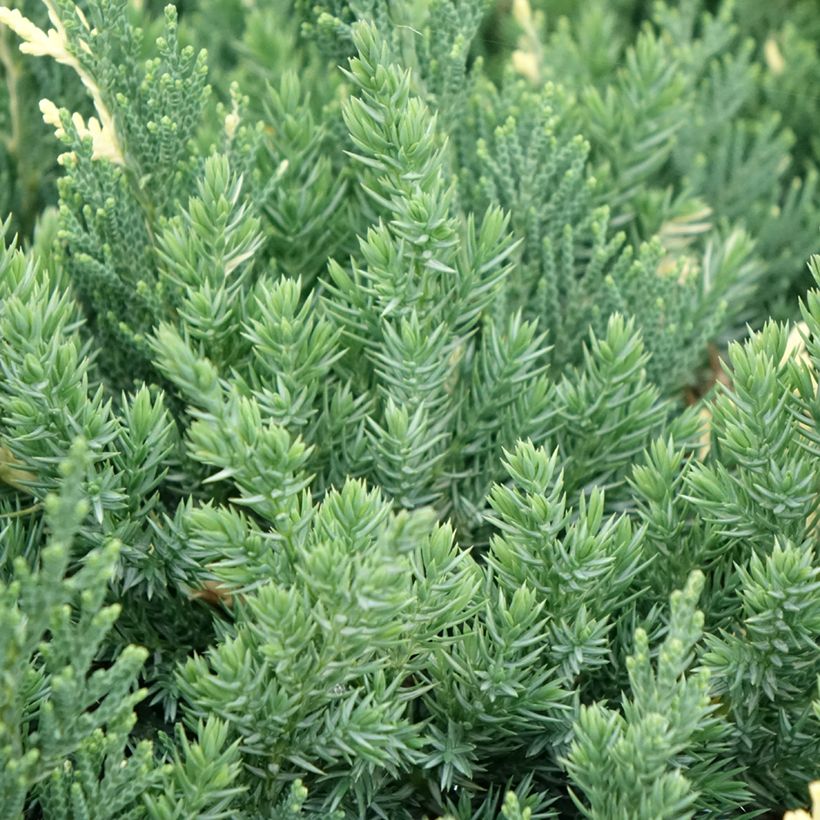

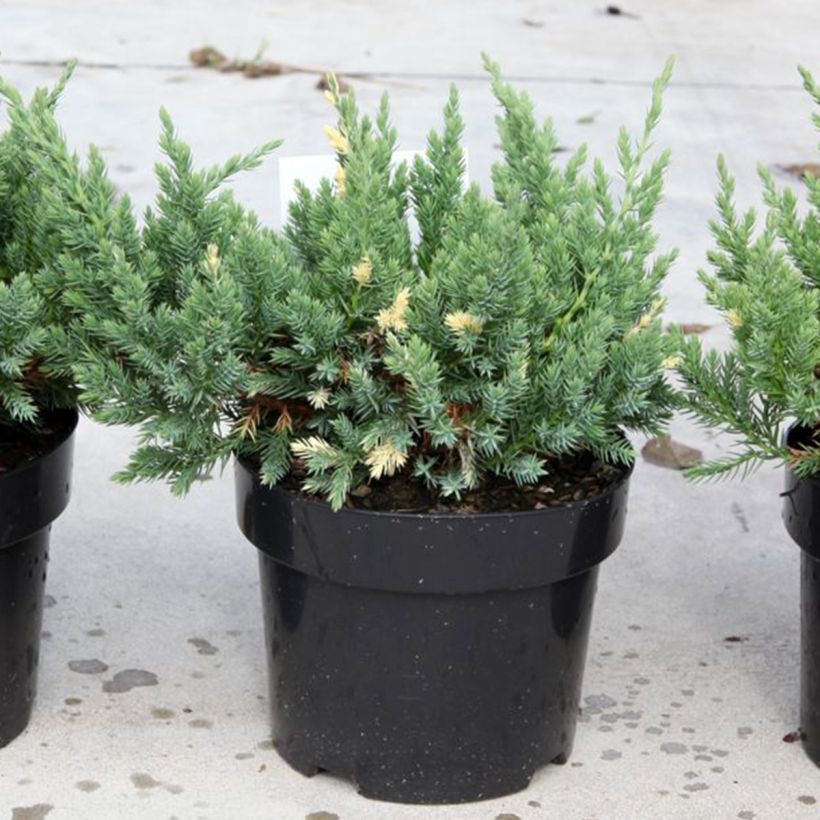

Plant habit
Foliage
Safety measures
Botanical data
Juniperus
chinensis
Expansa Variegata
Cupressaceae
Chinese Juniper
Cultivar or hybrid
atteinterespiratoire
Cette plante peut entraîner des symptômes allergiques.
Evitez de la planter si vous ou vos proches souffrez de rhinite saisonnière ("rhume des foins").
Davantage d'informations sur https://plantes-risque.info
Planting and care
Plant this Juniperus chinensis Expansa Variegata from September to November and from February to April in well-drained, light, even limestone and poor soil. A rocky or sandy soil that is occasionally dry does not bother it, even though it also likes a bit of moisture. Preferably choose a sunny or partially shaded spot with a few hours of sunlight per day. Soak the root ball well in a bucket of water before planting, and water after positioning the plant and filling in the planting hole.
Add organic amendment to the planting and water sufficiently in the first few years, in case of prolonged drought. Apply a special conifer fertilizer every year in April and cultivate the soil in summer. This very hardy conifer fears heavy, waterlogged soils in winter. Pruning is not necessary, on the contrary, as this plant expresses its full potential when allowed to grow freely.
Planting period
Intended location
Care
Planting & care advice
This item has not been reviewed yet - be the first to leave a review about it.
Similar products
Haven't found what you were looking for?
Hardiness is the lowest winter temperature a plant can endure without suffering serious damage or even dying. However, hardiness is affected by location (a sheltered area, such as a patio), protection (winter cover) and soil type (hardiness is improved by well-drained soil).

Photo Sharing Terms & Conditions
In order to encourage gardeners to interact and share their experiences, Promesse de fleurs offers various media enabling content to be uploaded onto its Site - in particular via the ‘Photo sharing’ module.
The User agrees to refrain from:
- Posting any content that is illegal, prejudicial, insulting, racist, inciteful to hatred, revisionist, contrary to public decency, that infringes on privacy or on the privacy rights of third parties, in particular the publicity rights of persons and goods, intellectual property rights, or the right to privacy.
- Submitting content on behalf of a third party;
- Impersonate the identity of a third party and/or publish any personal information about a third party;
In general, the User undertakes to refrain from any unethical behaviour.
All Content (in particular text, comments, files, images, photos, videos, creative works, etc.), which may be subject to property or intellectual property rights, image or other private rights, shall remain the property of the User, subject to the limited rights granted by the terms of the licence granted by Promesse de fleurs as stated below. Users are at liberty to publish or not to publish such Content on the Site, notably via the ‘Photo Sharing’ facility, and accept that this Content shall be made public and freely accessible, notably on the Internet.
Users further acknowledge, undertake to have ,and guarantee that they hold all necessary rights and permissions to publish such material on the Site, in particular with regard to the legislation in force pertaining to any privacy, property, intellectual property, image, or contractual rights, or rights of any other nature. By publishing such Content on the Site, Users acknowledge accepting full liability as publishers of the Content within the meaning of the law, and grant Promesse de fleurs, free of charge, an inclusive, worldwide licence for the said Content for the entire duration of its publication, including all reproduction, representation, up/downloading, displaying, performing, transmission, and storage rights.
Users also grant permission for their name to be linked to the Content and accept that this link may not always be made available.
By engaging in posting material, Users consent to their Content becoming automatically accessible on the Internet, in particular on other sites and/or blogs and/or web pages of the Promesse de fleurs site, including in particular social pages and the Promesse de fleurs catalogue.
Users may secure the removal of entrusted content free of charge by issuing a simple request via our contact form.
The flowering period indicated on our website applies to countries and regions located in USDA zone 8 (France, the United Kingdom, Ireland, the Netherlands, etc.)
It will vary according to where you live:
- In zones 9 to 10 (Italy, Spain, Greece, etc.), flowering will occur about 2 to 4 weeks earlier.
- In zones 6 to 7 (Germany, Poland, Slovenia, and lower mountainous regions), flowering will be delayed by 2 to 3 weeks.
- In zone 5 (Central Europe, Scandinavia), blooming will be delayed by 3 to 5 weeks.
In temperate climates, pruning of spring-flowering shrubs (forsythia, spireas, etc.) should be done just after flowering.
Pruning of summer-flowering shrubs (Indian Lilac, Perovskia, etc.) can be done in winter or spring.
In cold regions as well as with frost-sensitive plants, avoid pruning too early when severe frosts may still occur.
The planting period indicated on our website applies to countries and regions located in USDA zone 8 (France, United Kingdom, Ireland, Netherlands).
It will vary according to where you live:
- In Mediterranean zones (Marseille, Madrid, Milan, etc.), autumn and winter are the best planting periods.
- In continental zones (Strasbourg, Munich, Vienna, etc.), delay planting by 2 to 3 weeks in spring and bring it forward by 2 to 4 weeks in autumn.
- In mountainous regions (the Alps, Pyrenees, Carpathians, etc.), it is best to plant in late spring (May-June) or late summer (August-September).
The harvesting period indicated on our website applies to countries and regions in USDA zone 8 (France, England, Ireland, the Netherlands).
In colder areas (Scandinavia, Poland, Austria...) fruit and vegetable harvests are likely to be delayed by 3-4 weeks.
In warmer areas (Italy, Spain, Greece, etc.), harvesting will probably take place earlier, depending on weather conditions.
The sowing periods indicated on our website apply to countries and regions within USDA Zone 8 (France, UK, Ireland, Netherlands).
In colder areas (Scandinavia, Poland, Austria...), delay any outdoor sowing by 3-4 weeks, or sow under glass.
In warmer climes (Italy, Spain, Greece, etc.), bring outdoor sowing forward by a few weeks.






























